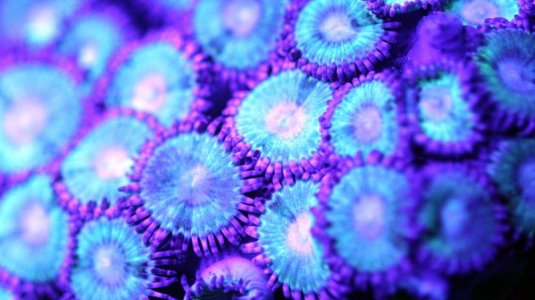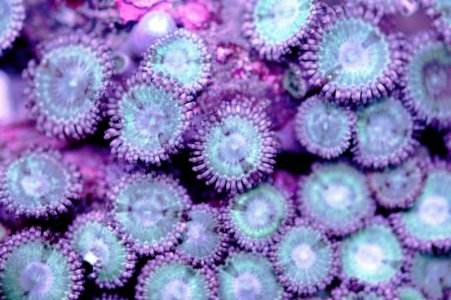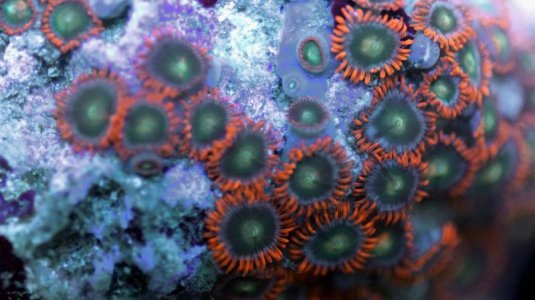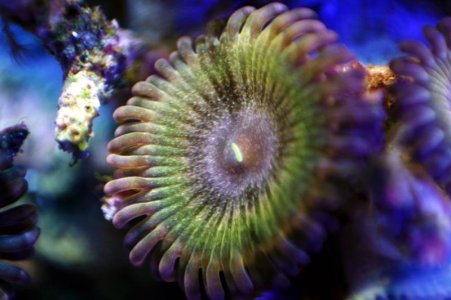Fcwham
New member
Cool! Its Zoanthus solanderi or Zoanthus gigantus, depending on if it was collected in the Caribbean or the Pacific. I'll be able to tell you once I do the genetics on the symbiodinium. If you don't have many polyps of something that your interested in I can always wait till it recovers and take a piece off of its base or wait till a second head forms.
One of the things that I think scientists have not done but should have is keep live type specimens after doing the genetics. When I get them I'll run as many as ten different genes on the host and ten on the symbiont, then upload them to public DNA databases. That information exists for many wild collected zoanthids but if I looked up a DNA sequence for Zoanthus gigantus for example it would give me the sample number it came from. Then if I was real interested I could find that sample in Dr. James Reimer's collection preserved in ethanol, I might even be able to get some more DNA out of it. But it would be nice if the "Type Specimens" with their DNA on the public databases were preserved this way and recognized, traded and kept among the aquarium trade. That way if in the future I needed that sample again, to do an experiment or to determine the validity of some other new species I could just call upon the aquarium community and bam there it is because there are thousands of people out there that are happy to provide the service of long term care takers of the type specimen to each species. It might also be helpful to aquarists in that you could have the "official Z. gigantus" and you could compare it to other things in your tank to identify them, if there were an official set of Zoanthids like that it might clear up the taxonomy for many people.
One of the things that I think scientists have not done but should have is keep live type specimens after doing the genetics. When I get them I'll run as many as ten different genes on the host and ten on the symbiont, then upload them to public DNA databases. That information exists for many wild collected zoanthids but if I looked up a DNA sequence for Zoanthus gigantus for example it would give me the sample number it came from. Then if I was real interested I could find that sample in Dr. James Reimer's collection preserved in ethanol, I might even be able to get some more DNA out of it. But it would be nice if the "Type Specimens" with their DNA on the public databases were preserved this way and recognized, traded and kept among the aquarium trade. That way if in the future I needed that sample again, to do an experiment or to determine the validity of some other new species I could just call upon the aquarium community and bam there it is because there are thousands of people out there that are happy to provide the service of long term care takers of the type specimen to each species. It might also be helpful to aquarists in that you could have the "official Z. gigantus" and you could compare it to other things in your tank to identify them, if there were an official set of Zoanthids like that it might clear up the taxonomy for many people.




